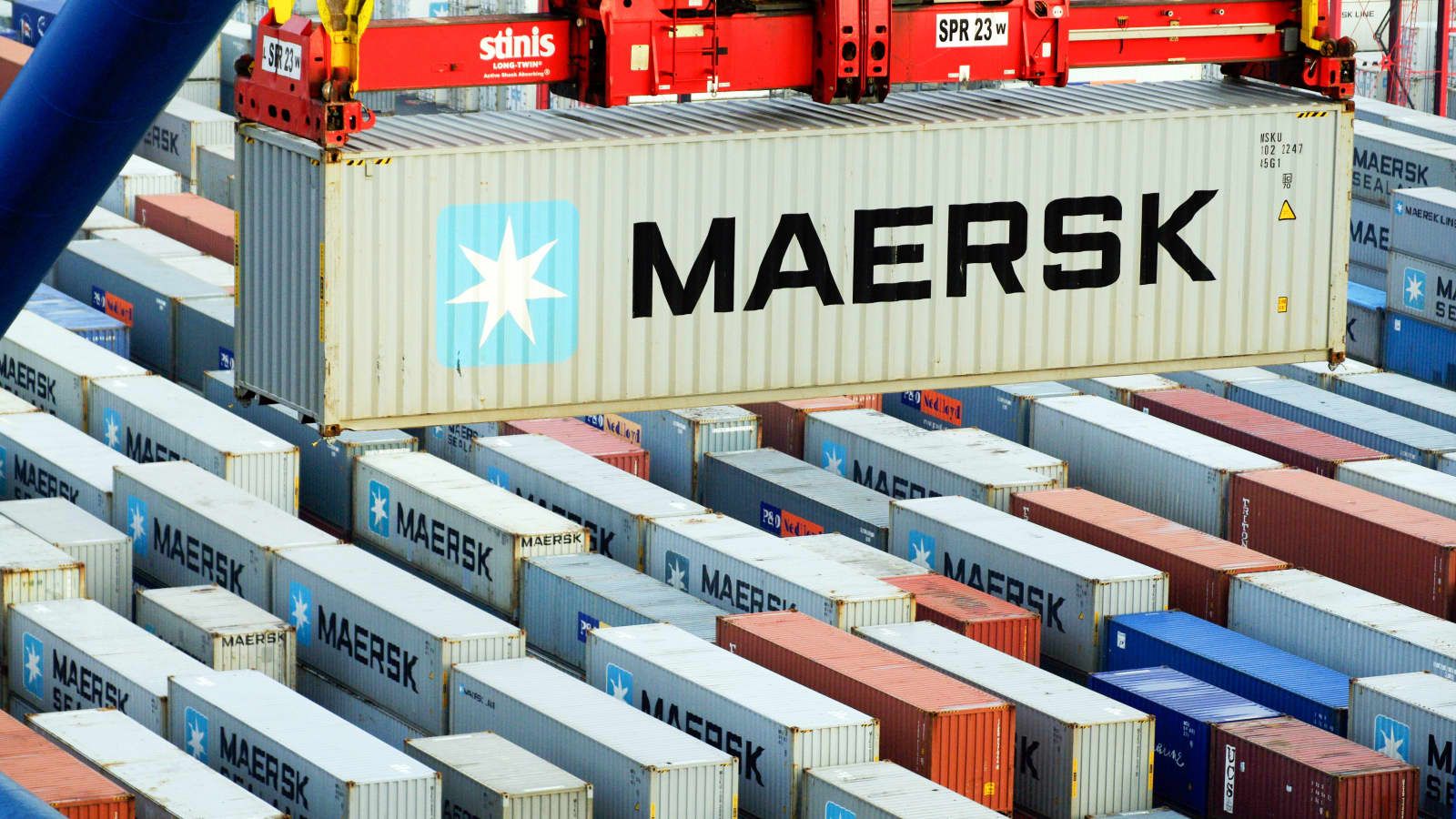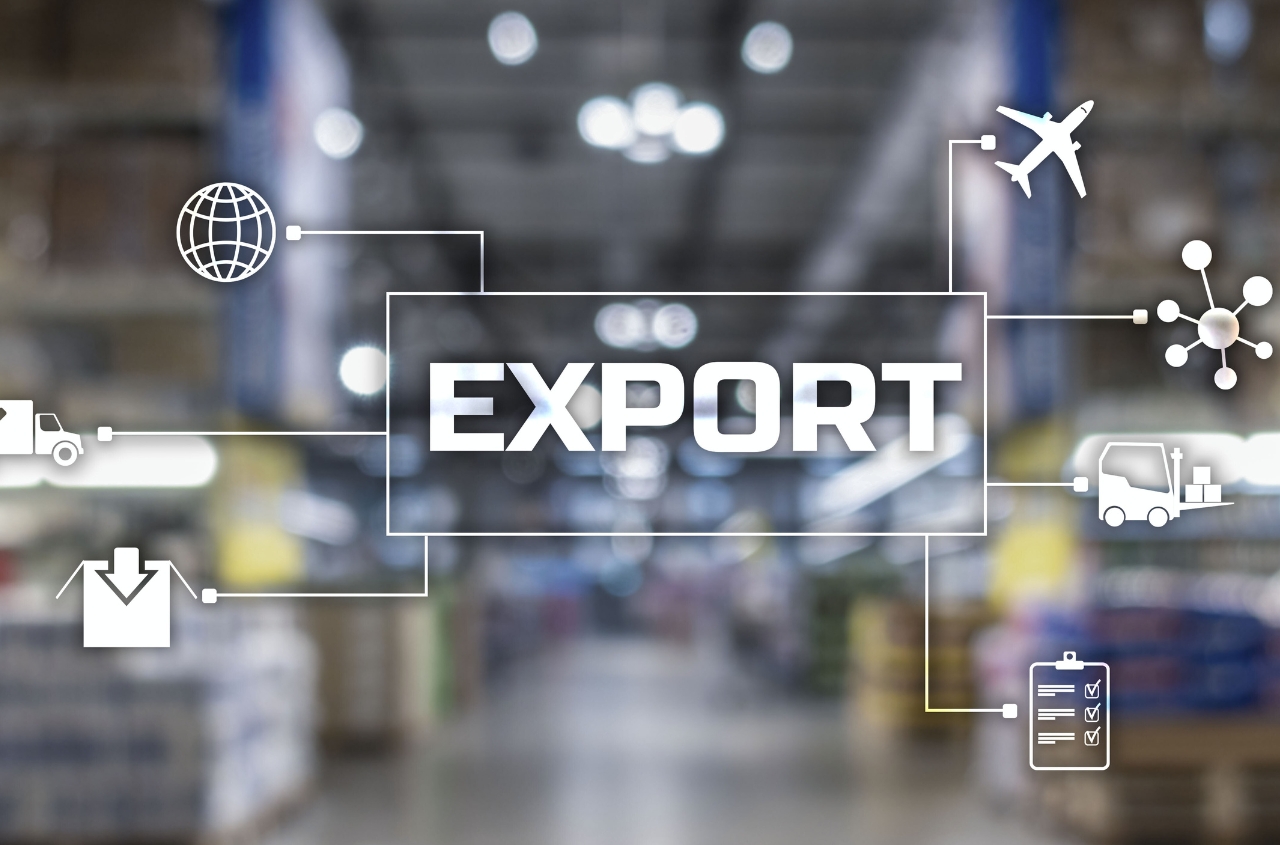After the war ends, Ukraine is expected to see a significant increase in import volumes, which should become a driver for the development of domestic logistics. This was stated by Roman Koloyanov, CEO of Maersk Ukraine, during the Ukrainian Transport Forum 2025, as reported by RailInsider.
“After the war ends, everyone has very high expectations for the reconstruction of our country. And this should contribute to an increase in import shipments. The freight base for all of us must grow,” Koloyanov noted.
Maersk’s position on Ukrzaliznytsia’s tariff policy
At the same time, the CEO of Maersk Ukraine emphasized the risks associated with a potential increase in freight tariffs by Ukrzaliznytsia (the Ukrainian Railways). According to him, such a scenario could make it impossible for rail to compete with road transport, especially in the intermodal segment. Even under current tariffs, rail loses to road transport in competition between major ports of Odesa and Kyiv.
“If tariffs increase further, container transportation by rail will stop. Because rail will no longer be able to compete with road transport,” Koloyanov stressed.
Particular concern, in Koloyanov’s view, is the potential impact of higher tariffs on the network of “dry ports” that are already actively functioning and used in Maersk’s logistics chains:
“To date, many dry ports have been built aimed at developing intermodal transportation. And we use almost the entire network of these dry ports. If the railway raises tariffs, the entire network will lose its meaning,” the head of Maersk Ukraine emphasized.
Ukrzaliznytsia wants to increase container freight tariffs. Market reaction
Earlier, it was reported that Ukrzaliznytsia is considering raising the cost of transporting containers weighing over 26 tons. The main goal of this initiative is to equalize the cost of transporting grain cargoes in containers and specialized rolling stock (grain carriers).
Business representatives opposed this initiative and appealed to the Deputy Prime Minister for Reconstruction of Ukraine — Minister of Communities and Territories Development Oleksii Kuleba — asking him to prevent an increase in container transportation costs by JSC Ukrzaliznytsia.
“This initiative caused outrage in the container market. Standard container transport does not compete with grain transportation in hoppers — this only concerns specialized private railway containers of increased capacity used for transporting grain from Ukraine to the EU. But the Ukrzaliznytsia initiative could harm the transportation of ordinary sea containers, and moreover, it contradicts the tariff calculation standard based on wagons, not tonnage,” explained Roman Koloyanov, CEO of Maersk Ukraine.
How to improve cooperation between Ukrzaliznytsia and intermodal market operators
Since June 1, Ukrzaliznytsia has introduced a unified tariff for the use of all types of platforms within Ukraine and beyond its borders. However, according to Roman Koloyanov, this initiative should be further refined.
“Ukrzaliznytsia introduced a very interesting initiative for reduced tariffs on the use of its platforms in inter-terminal connections, but this only applies to transportation between terminals of the state enterprise ‘Liski.’ If this proposal were extended to all rail container transport in Ukraine, it would be a real stimulus and would encourage market participants to use Ukrzaliznytsia rolling stock rather than private platforms. Increasing freight speed is also a serious incentive and would create real competition for road transport,” said Maersk Ukraine’s CEO.
Roman Koloyanov also noted that Ukraine would benefit from adopting some EU practices, where significant budget subsidies are allocated to support rail transport. Since there are no such initiatives yet in Ukraine, the mismatch of transport standards with EU countries remains, which may hinder the process of European integration.





















